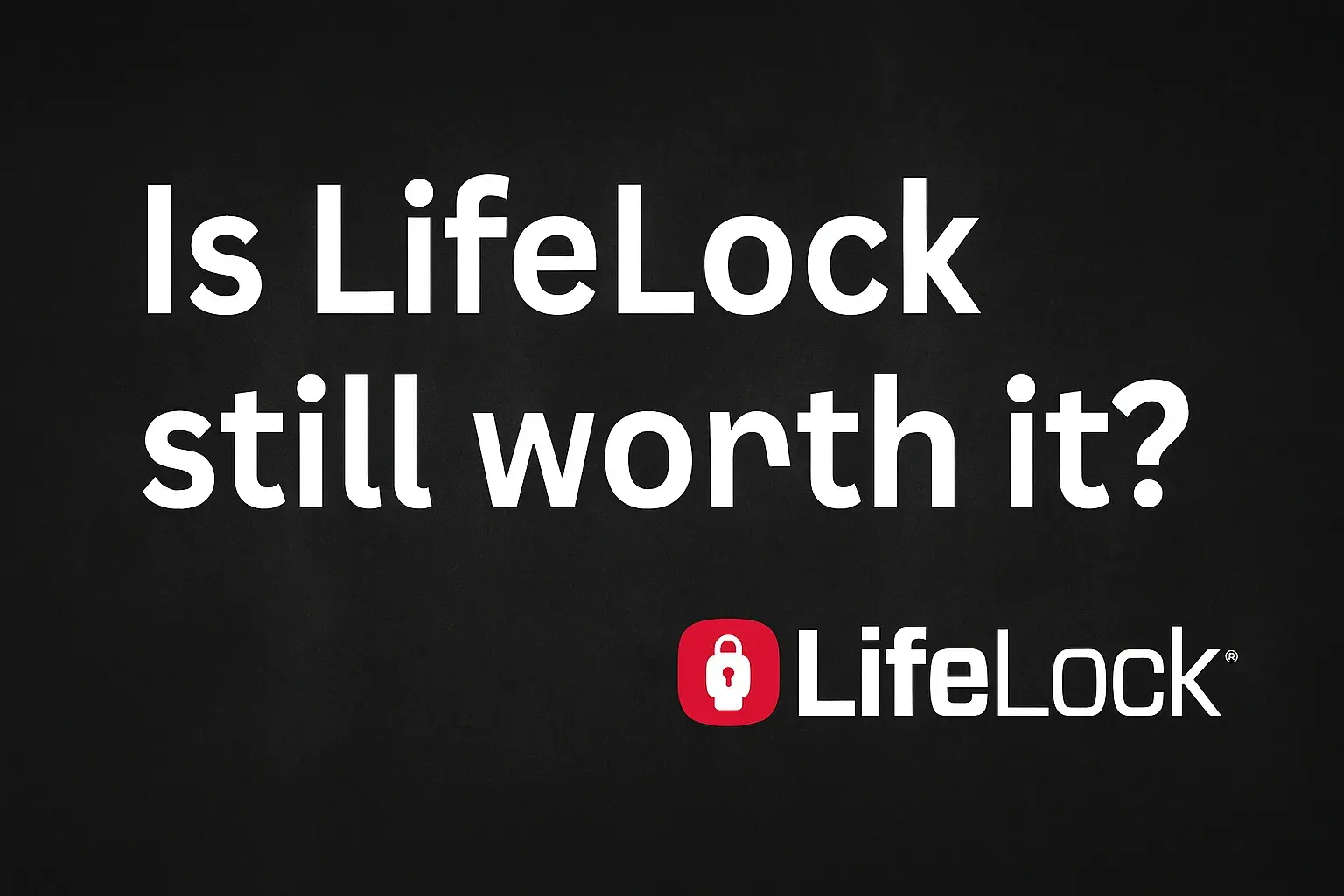-
Posted on: 22 Jul 2024

-
When people wish for something, everyone wishes for the lucky draw in the lotto or the big check that comes with a deceased relative or friend. But how much money exactly will be needed to be able to live without having to bother with work at all? This answer has much to do with your, your lifestyle, where you reside or live, and the amount of income that you may require. Here are some things you should look forward to when defining your magic ‘never work again’ number.
Calculate Your Annual Spending
First, add up all your current first annual spending. This comprises shelter, food, transport, bills, insurance, loans, and all other necessary expenses that you may have incurred, and do not forget to include expenses incurred on a luxury basis such as traveling, eating out, etc. The best way is to ensure that you record your spending for 3-6 months and identify all your spending habits through a budgeting app.
Ideally, shoot for $50,000 per adult minimum if you’re not exactly the ‘rinse and repeat’ type while couples with more upscale taste may easily spend $100,000 or more per person. Make sure that the life you are planning for yourself without a job is achievable and in line with your plans. The yearly sum has to be sufficient to provide for the superior quality of life, which you might want to have in the future.
Estimate the amount that needs to be invested
You can then figure out the lump sum to fund the amount of money that you expect to receive every year by dividing the amount by a perpetuity factor. This is where the 4% rule comes in handy in determining it. It claims that it is possible to withdraw as much as 4% of one's investment capital each year and still keep the capital intact over more than thirty years of retirement.
Well, let’s take the example of annual expenses, and let’s set that the amount you want to spend is $50,000 per year. Based on the ‘’4% rule’’, one requires $1,250,000 to finance this kind of life without working again and the initial amount used for this calculation was $50,000 as divided by 0.04. This means that the more money you want to spend per annum, the greater the corresponding sum in a lump sum.
Adjust for Inflation
It shall be noted that inflation will push up prices in the future and this must inform our decision making. Thus, although $50,000 may sound reasonable to pay out today, certain factors such as increasing prices of food, healthcare, and shelter may limit your ability to maintain your quality of life in the future. So, it may be quite realistic to assume 3 percent inflation at the rate of annual increase.
To explain this ensure that you invest adequately to pull off more withdrawals in the following year based on the inflation factor. The next egg that may be available could not be as large; this means that at some point one may be forced to dip into the principal to fund the expenses. Well you see, that can keep your nest egg working and generate serious issues with its sustainability.
Consider Taxes
According to the type of accounts that you are receiving income during your retirement period, then be prepared to be plunged into tax deductions. For instance, if the $1.25 million is invested in a tax-sheltered 401(k) or traditional IRA, it will be considered as income taxed similarly to the tax rate system.
The other option is to open a Roth IRA or purchase an investment account after tax, so future distributions are tax-free. This means that with an investment in your product or service, you will get more returns on your investment. Consult a financial planner or a tax advisor to find out the best strategy that should be employed to minimize tax.
Add a Buffer
It is good to build in an extra cushion beyond your forecasted expenditures. Emergencies do not choose when to occur; a plumbing problem, a large medical expense, a car purchase, or any other expense is bound to happen. What is more, during periods of recession or when the investments do not yield the expected results, it may be difficult, or even impossible, to adhere to this 4% rule.
Ideally, having the option for an additional $200,000 – $500,000 extra gives them the ability to make adjustments to counteract these budget setbacks and also to adapt to fluctuations in investment opportunities for a limited time without completely derailing the plan. Even a small amount of flexibility can greatly help in achieving that calm feeling!
The amount varies widely from one person to the other but the key factor is that they require a lot of cash.
As you can well understand, in one way or the other, the magic number that would help you never work again is going to depend on your circumstances. To simpletons, one million dollars invested properly could well provide for that comfortable existence for many years to come. On the other hand, luxury enthusiasts who have the necessity of having many houses all over the world may require tens of millions for them to continue living a lavish life without any source of income. Each case is unique and does not have a direct solution that can be followed by general rules. Clearly distinguish between needs, which are necessary to sustain life in various capacities, and what you want and label the various income possibilities. This will give a better understanding of how big a personal savings cushion one ought to aspire to.
Call now for expert credit repair services: (888) 803-7889
Read More:
What is a good hourly wage to live comfortably?
Is $25 an hour a livable wage?
How much money to live without working?
How much money do you need to never worry about money again?
What wage do you need to survive?











